The Jeep ABS and Traction Control lights indicate a problem with the anti-lock braking system and traction control system. If these lights are on, it is likely that there is a malfunction in one or both of these systems.
Now, let’s delve deeper into the possible causes and solutions for this issue. The ABS and Traction Control lights in your Jeep are important indicators that should not be ignored. When these lights come on, it means there is a problem with the anti-lock braking system and traction control system.
The ABS system helps prevent your wheels from locking up during sudden braking, while the traction control system aids in maintaining stability and grip on the road. It is crucial to identify and resolve any issues with these systems to ensure the safety of your vehicle.
There can be various reasons why the ABS and Traction Control lights are illuminated. It could be due to a faulty ABS sensor, a malfunctioning ABS module, or issues with the wheel speed sensors.
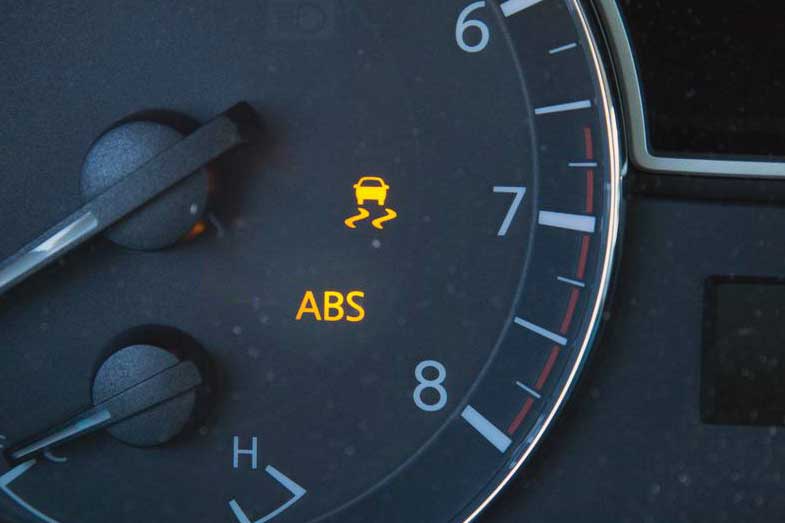
ABS- Anti-lock Braking System
An illuminated ABS and Traction Control Light can be a cause of concern for Jeep owners. But before getting into the specifics of this issue, it is important to understand the basics of ABS- Anti-Lock Braking System.
Why Is Abs Needed In Jeep?
ABS, short for Anti-Lock Braking System, is a crucial safety feature in modern vehicles, including the Jeep. It is designed to prevent the wheels from locking up during sudden braking or in slippery conditions, thereby enabling the driver to maintain steering control.
Without ABS, during an emergency stop or when braking on a slippery surface, the wheels can lock up, making it impossible to steer the vehicle. This can lead to accidents as the driver loses control.
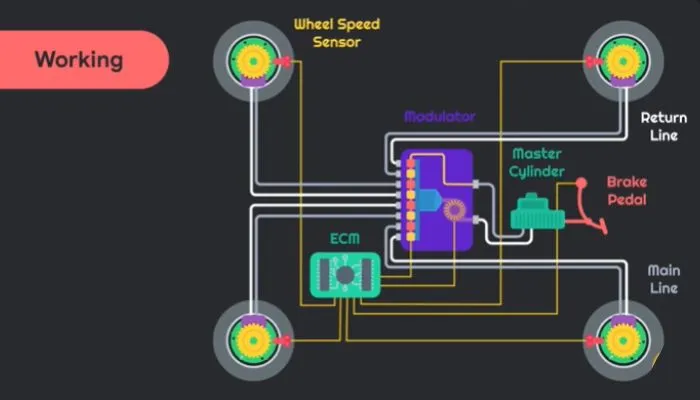
ABS Working Principle
The ABS system in the Jeep works using sensors located on each wheel that monitor the rotational speed of the wheels. If the system detects that any wheel is about to lock up, it immediately intervenes to release and reapply the braking pressure to that wheel.
This rapid modulation of braking pressure by the ABS system allows the wheels to keep rotating and prevents them from skidding. As a result, the driver is able to maintain control of the vehicle even during hard braking or on slippery surfaces.
The ABS system is constantly monitoring the wheel speed and adjusting the brake pressure to ensure optimal braking performance. This technology has revolutionized vehicle safety by significantly reducing the occurrence of crashes and improving overall vehicle stability.
In the Jeep, when the ABS and Traction Control Light comes on, it typically indicates a fault or malfunction in the ABS system. This could be due to a variety of reasons such as a faulty sensor, damaged wiring, or even a problem with the ABS control module.
It is important to address the ABS light in a timely manner as the system may not function correctly when the light is on. This means that in the event of an emergency stop or driving on slippery roads, the ABS system may not engage, increasing the risk of a potential accident.
TCS (traction Control System)
The TCS (Traction Control System) in a Jeep plays a crucial role in maintaining stability and control of the vehicle, particularly when driving in challenging road conditions. This system works in tandem with the Anti-lock Braking System (ABS) to ensure that the vehicle retains traction on the road, preventing wheel slippage and enhancing overall safety.
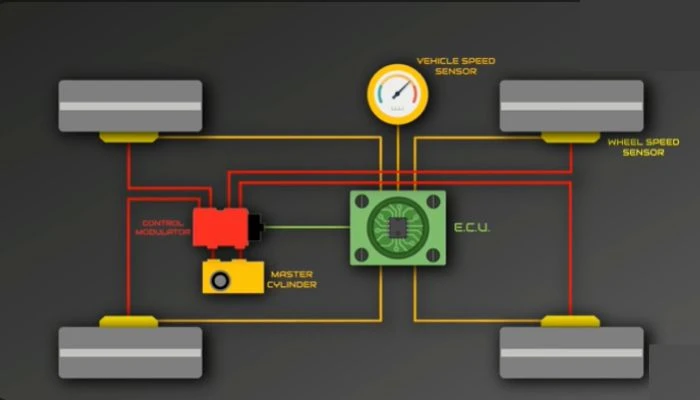
Why Is TCS Needed In Jeep?
The TCS is essential in a Jeep to provide enhanced stability and control, especially in situations where traction may be compromised, such as driving on slippery or uneven terrain. By actively managing wheel spin and traction, the TCS helps the driver maintain directional control, minimizing the risk of skidding and potential accidents.
Benefits Of TCS
- Enhances vehicle stability and control
- Prevents wheel slippage and skidding
- Improves traction on challenging road surfaces
- Enhances overall safety, particularly in adverse weather conditions
Reasons For Abs And Traction Control Lights On Jeep
When it comes to owning a Jeep, it’s essential to be aware of the various warning lights that may appear on your dashboard. Two common lights that Jeep owners may encounter are the ABS (Antilock Brake System) light and the TCS (Traction Control System) light.
While these lights can be alarming, it’s essential to understand that they are meant to alert you to potential issues with your vehicle’s braking and traction control systems. In this blog post, we will explore the different reasons why these lights may illuminate and what potential problems they might indicate.
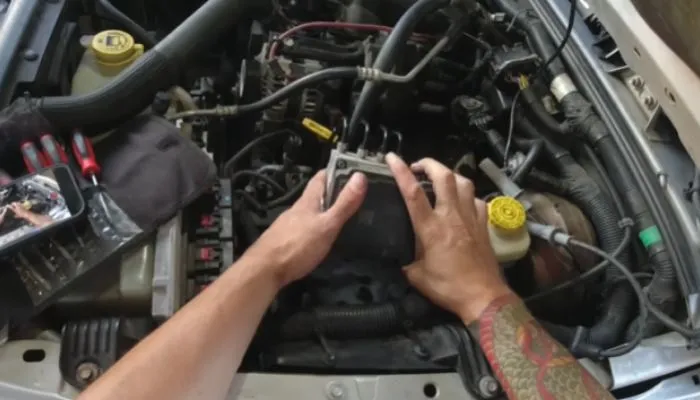
1. Failure Of ABS Or TCS Module
If your Jeep’s ABS or TCS module fails, it can cause the respective warning light to illuminate on your dashboard. The module is responsible for controlling the ABS and TCS systems, and a failure in this component can result in a loss of functionality.
2. Faulty Embedded Controller
A faulty embedded controller within the ABS or TCS system can lead to the lights coming on. This controller, which processes signals from various sensors, may malfunction due to electrical issues or a defective component.
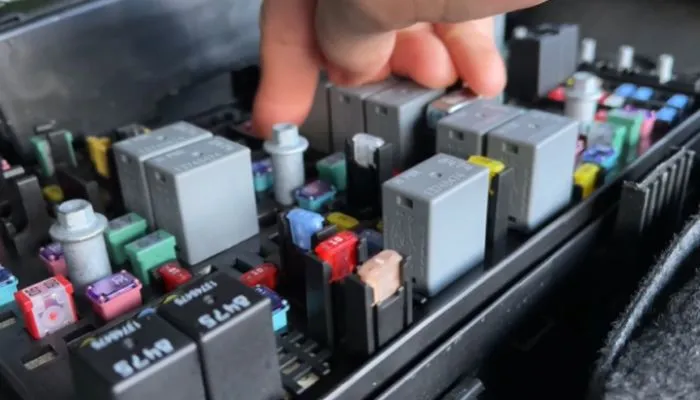
3. Blown/faulty Fuse
If a fuse related to the ABS or TCS system blows or becomes faulty, it can trigger the warning lights. Checking the fuses and replacing any that are blown or damaged may resolve the issue.
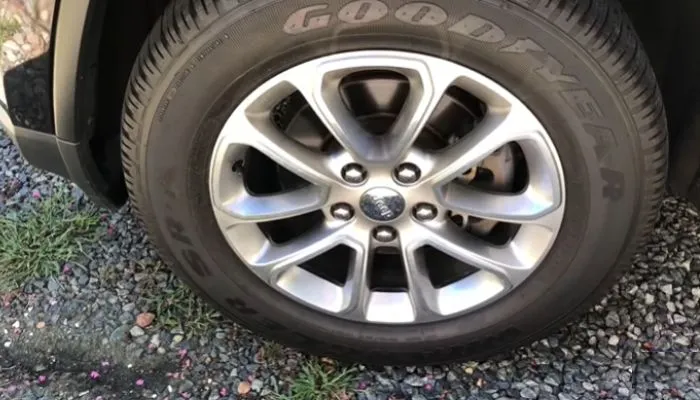
4. Low Tire Pressure
Low tire pressure can affect the performance of the ABS and TCS systems, leading to the lights illuminating. Ensuring that your tires are properly inflated is crucial to maintaining optimal functionality.
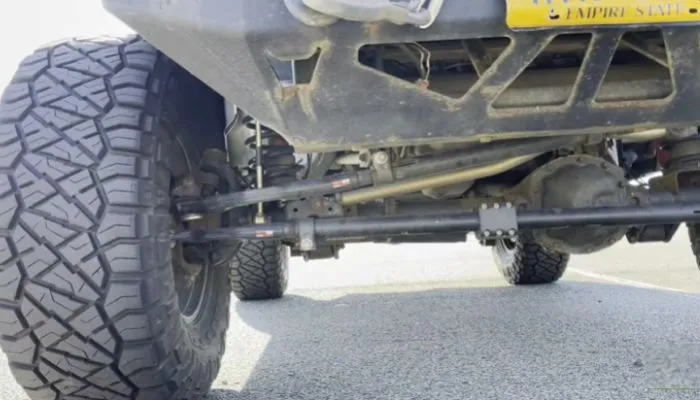
5. Poor Wheel Alignment
Incorrect wheel alignment can impact the performance of the ABS and TCS systems, potentially causing the warning lights to turn on. Regular wheel alignments will help prevent this issue.
6. Malfunctioning Steering Rack
A malfunctioning steering rack can disrupt the ABS and TCS systems, resulting in the lights activating. If you notice any issues with your steering, it’s important to have it inspected and repaired promptly.
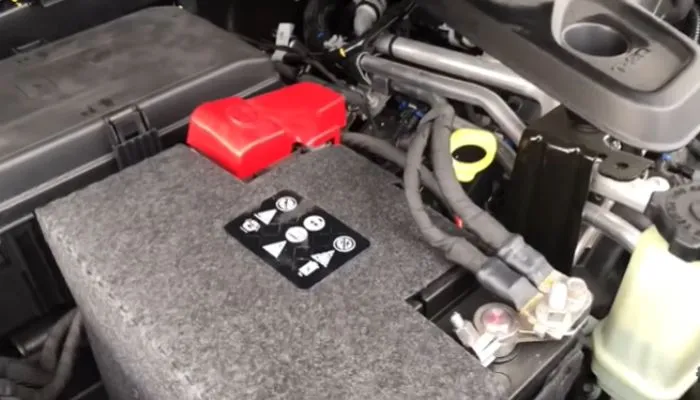
7. Improper/poor Battery Connection
An improper or poor battery connection can impact the signals between the ABS and TCS systems and the vehicle’s electrical system. Checking and ensuring a secure battery connection can sometimes resolve the problem.
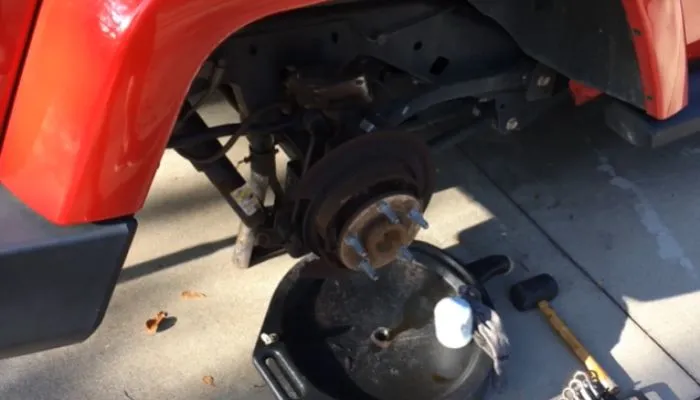
8. Faulty Steering Angle Sensor
A faulty steering angle sensor can cause the ABS and TCS lights to come on. This sensor is responsible for detecting the position of the steering wheel, and a malfunction can affect the functionality of the systems.
9. Computer Programming Issues
Computer programming issues within the ABS or TCS system can trigger the warning lights. These issues often require professional diagnostic tools and software to resolve.
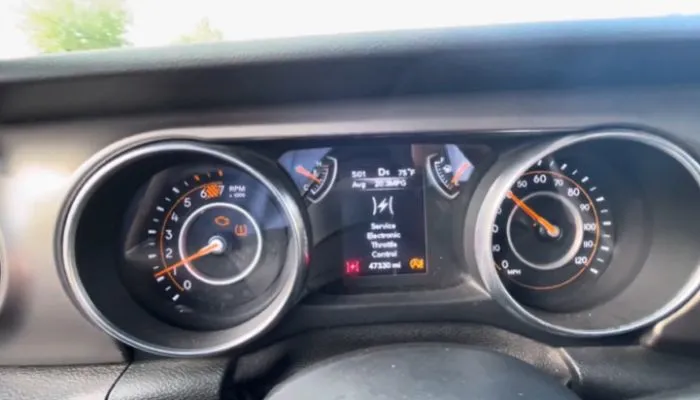
10. Activated Limp Mode
If your Jeep enters limp mode, it may cause the ABS and TCS lights to illuminate. Limp mode is a safety feature that restricts the vehicle’s functionality to prevent further damage and requires professional attention to determine the underlying cause.
11. Issues With Pump And Valve
Problems with the ABS pump or valves can lead to the lights coming on. These components play a crucial role in the ABS and TCS systems, and any malfunction can trigger the warning lights.
12. Off-center Steering Wheel
An off-center steering wheel can cause the ABS and TCS lights to activate. It’s important to have your steering wheel realigned if it is not in its proper position.
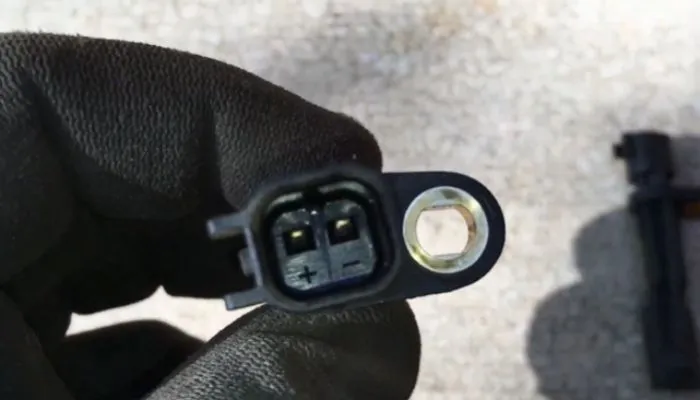
13. Problem In Wheel Speed Sensor
Issues with the wheel speed sensors, which monitor the rotational speed of the wheels, can result in the ABS and TCS lights illuminating. Checking and replacing any faulty sensors may resolve the problem.
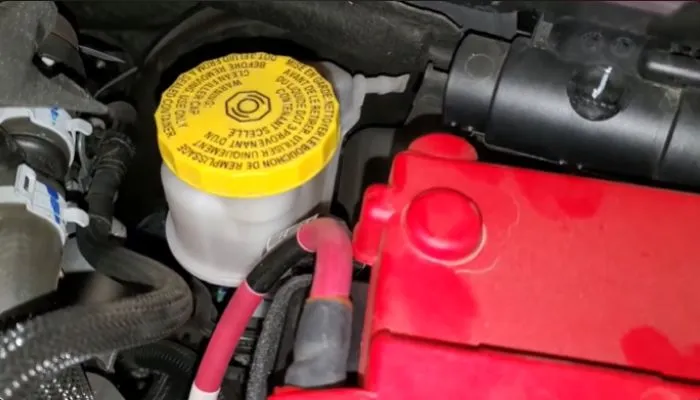
14. Low Brake Fluid Level
A low brake fluid level can trigger the ABS and TCS lights. It’s crucial to check your brake fluid regularly and top it up as needed.

15. Bad Weather And Road
Bad weather conditions and poor road surfaces can also cause the ABS and TCS lights to come on temporarily. This is a normal response to the limited traction available in such conditions.
Impact On Vehicle
The Jeep Abs and Traction Control light being on can have a significant impact on the vehicle’s performance and safety. It indicates potential issues with the anti-lock braking system and traction control, which may affect the vehicle’s ability to brake efficiently and maintain stability on the road.
Immediate attention from a qualified mechanic is essential to diagnose and resolve the problem to ensure optimal driving conditions.
Reduced Braking Performance
When the ABS and Traction Control lights illuminate on your Jeep, it can have a significant impact on the vehicle’s braking performance. The Anti-lock Braking System (ABS) is designed to prevent the wheels from locking up during heavy braking, ensuring you maintain control of the vehicle. The Traction Control system, on the other hand, helps to prevent wheel spin and loss of traction on slippery surfaces.
However, when these lights come on, it indicates a malfunction in either the ABS or Traction Control system. As a result, your Jeep may experience reduced braking performance, making it more difficult to come to a complete stop. This can compromise your safety and the safety of others on the road.
It’s essential to address the issue promptly to restore the optimal functioning of your brakes. Ignoring the problem can lead to further complications and potentially dangerous situations while driving.
Loss Of Traction Control
The Traction Control system is a critical component that helps to enhance your vehicle’s stability and control on various road conditions. When the ABS and Traction Control lights are on, it indicates that the Traction Control system is not functioning correctly.
Without the Traction Control system, your Jeep may lose its ability to automatically adjust braking and power to individual wheels. This can increase the risk of wheel spin and loss of control, especially when driving on slippery or uneven surfaces.
It is important to take immediate action to diagnose and resolve the issue, as driving without a functioning Traction Control system can compromise your safety, especially in adverse weather conditions.
Diagnostic Steps
When the ABS and traction control lights illuminate on your Jeep, it could indicate a potential issue with the braking or traction control system. To effectively diagnose and address the problem, it’s essential to follow a systematic approach to identify the root cause. The following diagnostic steps can help in troubleshooting the ABS and traction control light issues on your Jeep.
1. Check Abs Fuse
Ensure to check the ABS fuse as a first step in diagnosing the ABS and traction control light issues. A blown fuse can cause the warning lights to illuminate. Refer to your vehicle’s owner’s manual to identify the location of the ABS fuse and inspect it for any signs of damage or burnout.
2. Scan For Fault Codes
Perform a diagnostic scan to retrieve any fault codes associated with the ABS and traction control system. Use an OBD-II scanner or take your Jeep to a professional mechanic for a thorough scan. The fault codes obtained from the scan can provide valuable insights into the specific issues affecting the ABS and traction control systems.
3. Inspect Wheel Speed Sensors
Check the condition of the wheel speed sensors to ensure they are functioning properly. Inspect each sensor for any visible damage or buildup of debris that could interfere with their operation. Clean the sensors if necessary and ensure they are securely mounted to their respective positions.
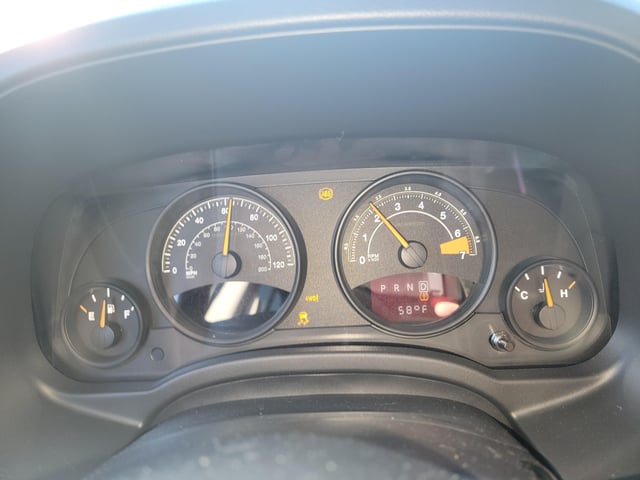
Credit: www.reddit.com
How To Fix Jeep Abs And Traction Control Light Are On?
If you notice that the ABS and Traction Control lights are turned on in your Jeep, it could indicate an issue with your vehicle’s braking system. Ignoring this warning could compromise your safety and lead to costly repairs. Fortunately, here are 3 steps you can take to troubleshoot and fix this problem:
1. Replace Faulty Wheel Speed Sensor
If your ABS and Traction Control lights are illuminated, a faulty wheel speed sensor could be to blame. The wheel speed sensor measures the rotational speed of each wheel and sends this data to the ABS control module. A malfunctioning sensor can cause inaccurate readings and trigger the warning lights.
To replace the faulty wheel speed sensor, follow these steps:
- Locate the sensor on the wheel hub assembly.
- Disconnect the electrical connector attached to the sensor.
- Remove the mounting bolt securing the sensor in place.
- Install the new wheel speed sensor and tighten the mounting bolt.
- Reconnect the electrical connector.
By replacing the faulty sensor, you can often resolve the issue and turn off the ABS and Traction Control lights.
2. Repair Damaged Abs Ring
An ABS ring, also known as a reluctor ring, is a toothed wheel attached to the wheel hub or axle shaft. It works in conjunction with the wheel speed sensor to provide accurate speed measurements to the ABS control module. If the ABS ring becomes damaged or is missing teeth, it can trigger the ABS and Traction Control lights.
To repair a damaged ABS ring, you can follow these steps:
- Remove the wheel from the affected area.
- Inspect the ABS ring for any damage or missing teeth.
- If the ring is damaged, replace it with a new one.
- Reinstall the wheel and ensure it is properly tightened.
Repairing a damaged ABS ring can help resolve the ABS and Traction Control light issue and restore functionality to your braking system.
3. Top Up Brake Fluid
Insufficient brake fluid can also trigger the ABS and Traction Control lights in your Jeep. Brake fluid plays a crucial role in transmitting hydraulic pressure to the brake calipers, allowing them to apply the necessary force on the brake pads. If the fluid level is low, it can interfere with the proper operation of the ABS system.
To top up the brake fluid, follow these steps:
- Locate the brake fluid reservoir under the hood of your Jeep.
- Remove the reservoir cap carefully.
- Check the fluid level and ensure it is between the minimum and maximum marks.
- If necessary, add the appropriate type of brake fluid to reach the recommended level.
- Securely replace the reservoir cap.
By topping up the brake fluid to the correct level, you can ensure the ABS system functions properly and the warning lights are no longer illuminated.
Can I Drive My Jeep With the Abs Light On?
While you can technically drive your Jeep with the ABS light on, it is not recommended. The ABS light indicates a problem with the system, and driving without a properly functioning ABS can compromise your safety and the safety of others on the road.
Increased Stopping Distance
Without the ABS functioning correctly, your Jeep’s stopping distance may increase during emergency braking situations, potentially leading to accidents.
Skidding on Slippery Surfaces
In adverse weather conditions or on slippery surfaces, the chances of your wheels locking up and skidding are higher without the ABS’s assistance.
Loss of Steering Control
The ABS system helps maintain steering control during hard braking. Without it, your Jeep might become difficult to steer, especially in panic situations.
How Much Does It Cost to Fix Abs And Traction Control?
Wrapping Up
Addressing the ABS and traction control light on your Jeep is crucial to ensure safe and efficient driving. By understanding the potential causes and seeking professional help, you can resolve the issue promptly. Taking proactive steps will not only enhance your driving experience but also maintain the performance and longevity of your vehicle.
FAQs
Why Is My Jeep’s Abs And Traction Control Light On?
The ABS and Traction Control lights usually come on to indicate an issue with the system. There could be problems with the sensors, the ABS module, or the wiring. It is important to have your vehicle inspected by a qualified technician to identify the specific cause and ensure your safety on the road.
Can I Still Drive My Jeep With The Abs And Traction Control Lights On?
Technically, you can still drive your Jeep with the ABS and Traction Control lights on. However, it is not recommended as these systems are essential for maintaining control and stability, especially in emergency situations. It is best to have the issue resolved as soon as possible to ensure your safety and the safety of others.

